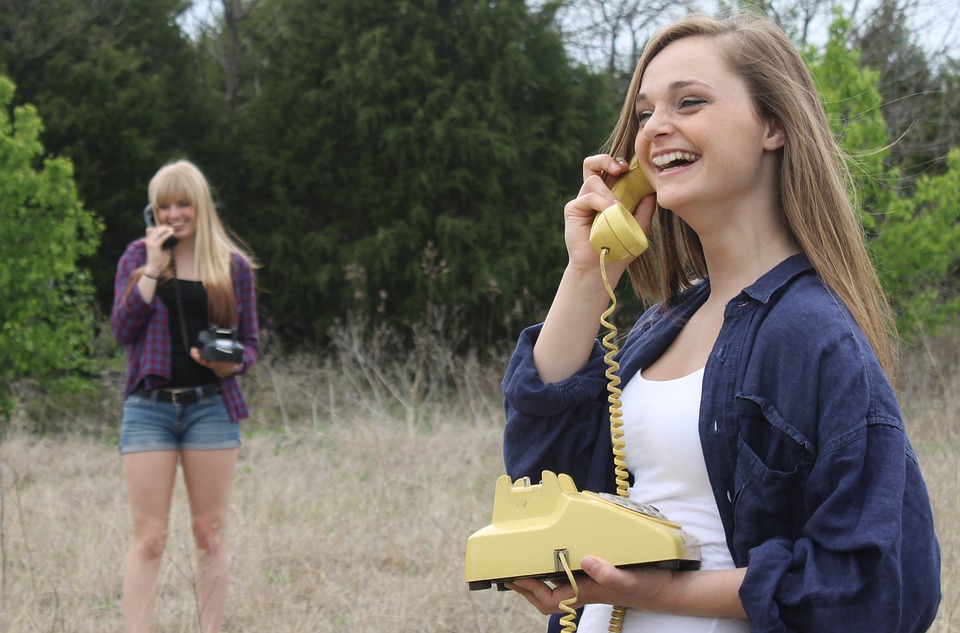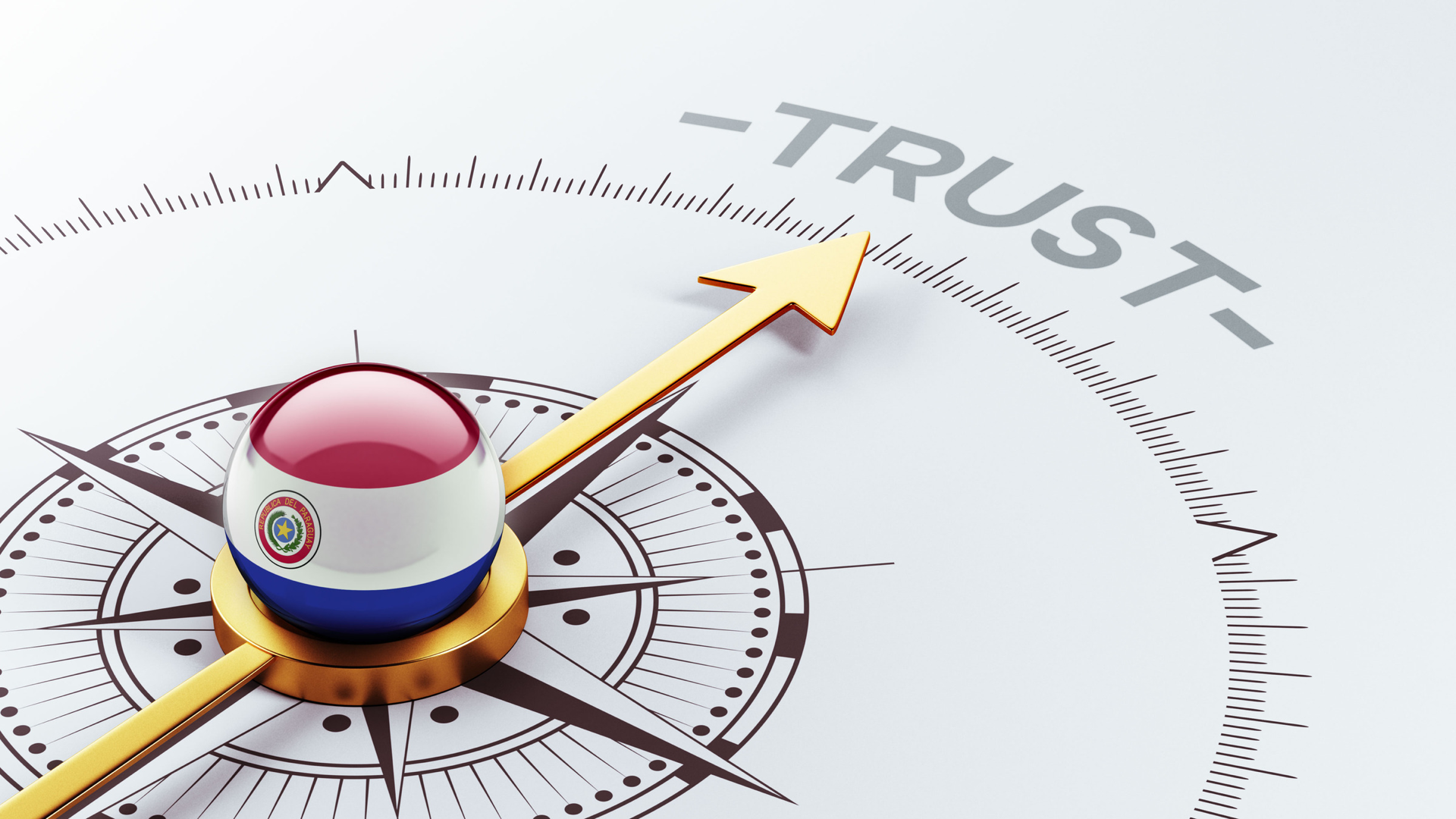The New Normal of Connection
Table of Contents
It’s interesting how quietly remote and hybrid work crept into our lives. One day, we were gathering around coffee machines, catching up between meetings.The next, we were adjusting our headsets, clicking into video calls, and figuring out how to recreate that same energy through a screen.
And then, just like that, it became the norm.
In many ways, we’ve adapted well. We’ve embraced asynchronous workflows, upgraded our collaboration tools, and reimagined our team rituals. But there’s one part that continues to challenge even the most well-meaning efforts. That part is human connection.
This connection is what fuels motivation, belonging, and culture. Without it, engagement begins to fade. Not immediately, and not dramatically. But subtly. A camera stays off. A once-vocal team member grows quiet. The check-ins become shorter. The energy drops.
It’s not always easy to spot this in metrics or dashboards, but it’s very real.
Over the last few years, I’ve had the chance to work with several teams navigating hybrid and remote realities. Some struggled. Others thrived. But across all those experiences, a few core principles consistently made a difference. They were not about flashy engagement campaigns. They were about small, human moments built into the rhythm of work.
So here are four principles I’ve seen stand the test of time, revisited and expanded for the world of hybrid and remote work.
1. Support and Engagement: Creating Psychological Safety from Afar
There’s something powerful about being seen. It’s why the casual nod in the hallway or the quick “how was your weekend?” at someone’s desk mattered more than we realised.
In distributed teams, those moments don’t happen naturally anymore. When people stop feeling seen, they slowly begin to disengage.
The good news is that we can still create spaces where people feel valued and safe. It just takes more intention.
What I’ve noticed
The teams that stayed connected didn’t just install tech. They built habits. They made it okay to share struggles. They normalised asking, “How are you feeling today?” before jumping into project updates.
Psychological safety became a leadership priority.
This is also where targeted development programs like The Leadership Challenge become useful. They help teams explore leadership practices that foster trust and support in everyday moments.
Simple shifts that make a difference:
- Block 15 minutes in weekly one-on-ones just for personal check-ins
- Use tools like Miro or Slack for spontaneous sharing, not just task updates
- Create rituals like Monday morning intention-setting or Friday reflection circles
- Invite leaders to model vulnerability by sharing challenges or questions
Quiet truth: It’s not about being available all the time. It’s about being present when it matters.
2. Recognition and Celebration: Making People Feel Valued
There’s something about unexpected recognition that lights people up. A quick “well done” in a team call. A shout-out in the chat. Even a message saying “you nailed it” can make someone’s day.
But recognition can be tricky in hybrid settings. Without impromptu hallway praise or office celebrations, appreciation can easily fall through the cracks.
The thing is, people don’t need big gestures. They need real ones.
What works
In virtual settings, the smallest acts of appreciation can create the biggest ripple. From peer shout-outs to spotlighting behind-the-scenes efforts, these gestures build morale.
In programs like Building High Performance Teams, I’ve seen how recognition embedded into teamwork leads to more psychological safety and greater collaboration.
Ideas that inspire appreciation:
- Dedicate time in team meetings for recognition
- Use tools like Bonusly or create a shared “Wall of Wow” in Teams or Slack
- Celebrate personal milestones and wins
- Make space for peer appreciation and let it be visible
- Highlight effort and contribution, not just outcomes
Human reminder: People remember how they were made to feel. Especially when they least expect it.
3. Holistic Wellness: Prioritising the Person Before the Role
The shift to remote work brought freedom. But it also brought fatigue. For many, the living room became the boardroom. Breaks blurred. Boundaries disappeared.
And behind the virtual smiles, burnout quietly grew.
Well-being is not optional. It’s the foundation for consistent performance. And when done right, it improves energy, clarity, and resilience across teams.
What I’ve seen work
The best teams treat wellness as part of the workflow. It’s not an extra initiative or a wellness week. It’s how they show up daily. They build breathing room into calendars. They check in on emotions as much as tasks.
Structured wellness programs like Corporate Wellness Training support this shift. They blend conversation, reflection, and practical habits that help people stay balanced and engaged.
Ways to make wellness real:
- Train team leads to recognise signs of stress
- Offer access to therapy support or wellness apps
- Launch simple monthly campaigns like hydration trackers, mindfulness breaks, digital detox challenges
- Create no-meeting blocks that the entire team respects
- Encourage shared lunch breaks or optional virtual unwind sessions
Gentle truth: People do their best work when they feel their best.
4. Continuous Learning: Making Growth Personal and Possible
If there’s one thing that consistently drives engagement, it’s the feeling of progress.
When people know they’re growing, they show up differently. They ask better questions. They connect dots. They take initiative.
In hybrid environments, formal learning still matters. But informal, ongoing learning matters even more.
What stands out
Learning cultures thrive when teams don’t just consume content. They talk about it. Reflect on it. Apply it. This is where structured, interactive formats like Gamified Onboarding or learning circles can be especially effective.
Growth doesn’t need to be tied to a promotion. Sometimes, it’s just about learning something new, solving a fresh challenge, or seeing progress on a skill you care about.
Ways to make learning part of the culture:
- Curate short learning playlists or share learning prompts weekly
- Start a monthly “learning circle” with a theme or resource
- Host mini-skill shares where team members present tips or tools
- Offer access to bite-sized e-learning and pair it with short follow-up reflections
- Encourage leaders to model curiosity, not just competence
Simple belief: Learning is a practice, not a project.
A Word About Culture in Hybrid Workplaces
Culture doesn’t vanish in remote setups. It becomes less visible. That makes it even more important to be intentional.
The tone of meetings. The way feedback is given. Who gets included in decisions. These details shape culture just as much online as they did in the office.
Culture lives in rituals. It’s reflected in daily behavior.
If virtual onboarding is someone’s first exposure to your values, what are they picking up? If hybrid meetings are your main collaboration tool, how inclusive do they feel? These are the quiet moments that build or break trust.
Small reflection: If you stopped all engagement initiatives today, would your culture still feel strong?
Final Thoughts: Engagement Is a Habit, Not a Headline
The shift to hybrid work changed how we connect. It challenged us to rethink engagement not as a checklist, but as a mindset.
What I’ve learned along the way is this. Engagement is built in conversations, not dashboards. In how leaders listen. In how people feel when they speak up. In the freedom to learn, to rest, and to be seen as whole people, not just roles.
You don’t need to solve everything. Start with one principle. Make it real. Let it ripple out.
Because when people feel connected, recognised, supported, and stretched, they stay curious. They stay involved. And most importantly, they stay human in a digital world.
Engagement isn’t about keeping people online. It’s about helping them feel alive in what they do.












